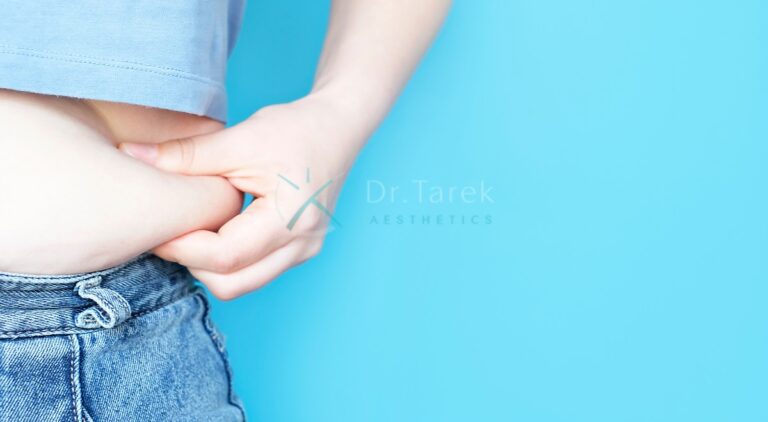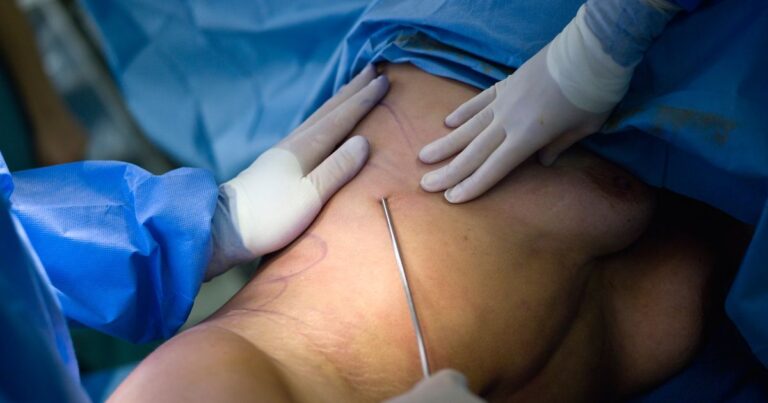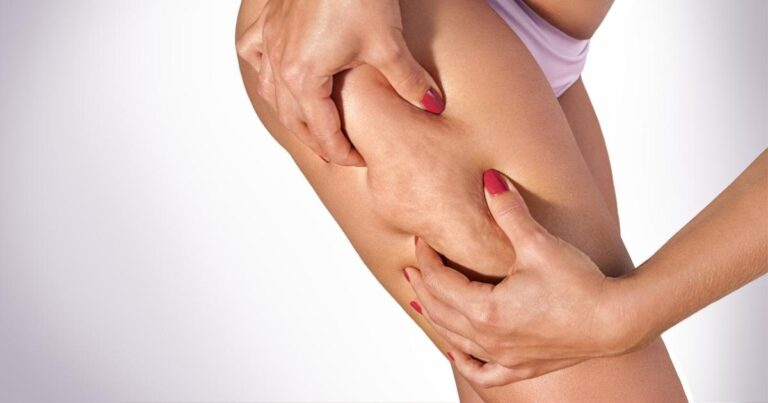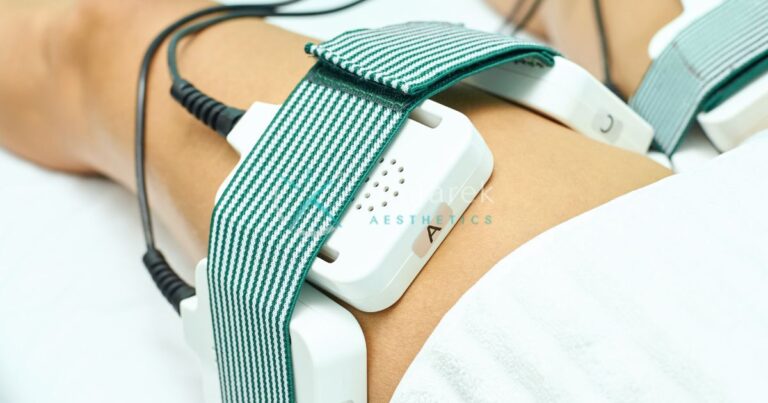Liposuction is a popular cosmetic procedure that helps remove stubborn fat deposits from various areas of the body. It is essential to understand the potential risks and precautions associated with liposuction, especially for individuals with hypertension.
This comprehensive guide will discuss the critical aspects of liposuction, compare superficial and traditional liposuction methods, and provide valuable insights on managing hypertension before, during, and after the procedure.
Understanding Hypertension
Hypertension, or high blood pressure, is a common medical condition affecting millions worldwide. It occurs when the force of blood against the artery walls is consistently too high, causing the heart to work harder to pump blood throughout the body.
Prolonged hypertension can lead to severe health complications, such as heart disease, stroke, and kidney failure. Therefore, it is crucial to monitor and control high blood pressure through lifestyle changes, medication, and regular check-ups.
Book A Consultation With Dr Tarek Bayazid
Top-rated Plastic Surgeon For Liposuction in Dubai
Installment Plan Available
Understanding Liposuction
Liposuction is a surgical procedure that involves the removal of excess fat deposits from targeted areas, such as the abdomen, hips, thighs, arms, and neck. It is typically performed under general anesthesia or local anesthesia with sedation, depending on the extent of the procedure.
Liposuction can help reshape and contour the body, resulting in a more proportionate and aesthetically pleasing appearance. However, it is essential to note that liposuction is not a weight loss solution, and maintaining a healthy lifestyle is necessary to preserve the results.
Liposuction and Hypertension: Potential Risks and Precautions
Patients with hypertension should be aware of the potential risks and complications associated with liposuction. These may include:
Increased Bleeding Risk
Hypertension can cause blood vessels to become fragile, increasing the risk of bleeding during and after liposuction. Proper management of blood pressure and careful surgical technique is essential to minimize this risk.
Prolonged Healing
High blood pressure may negatively impact the body’s ability to heal, leading to a longer recovery period and an increased risk of infection.
Fluid Retention
Hypertensive patients are more susceptible to fluid retention after liposuction, which can lead to swelling, discomfort, and prolonged healing.
Anesthesia Complications
Hypertension can increase the risk of complications related to anesthesia, such as irregular heartbeat or a sudden drop in blood pressure.
Patients with hypertension must work closely with their healthcare team to manage their condition effectively and minimize these risks. This includes regular blood pressure monitoring, medication adjustments, and lifestyle modifications.
Preparing for Liposuction with Hypertension
If you have hypertension and are considering liposuction, take the following steps to ensure a safe and successful procedure:
Consult with a Board-Certified Plastic Surgeon
Choose a highly qualified and experienced and best plastic surgeon who is familiar with the specific needs of hypertensive patients. Discuss your medical history, current medications, and any concerns you may have during the consultation.
Obtain Medical Clearance
Your plastic surgeon may require medical clearance from your primary care physician or cardiologist to confirm that your hypertension is well-controlled and that you are a suitable candidate for liposuction.
Manage Your Blood Pressure
Work with your healthcare team to optimize your blood pressure control before surgery. This may involve adjusting medications, adhering to a low-sodium diet, and incorporating regular exercise into your routine.
Follow Preoperative Instructions
Your plastic surgeon will provide detailed instructions to help you prepare for your liposuction procedure. These may include stopping certain medications, avoiding smoking and alcohol, and arranging for postoperative care and support.
Liposuction Recovery and Hypertension Management
After your liposuction procedure, follow these guidelines to ensure a smooth recovery and effective hypertension management:
Monitor Your Blood Pressure
Regularly check your blood pressure during the recovery period and report any significant changes to your healthcare team.
Take Prescribed Medications
Continue taking your blood pressure medications as directed, and follow your plastic surgeon’s recommendations for pain management and antibiotic use.
Wear Compression Garments
Compression garments help reduce swelling, improve circulation, and promote healing after liposuction. Wear them as instructed by your surgeon.
Maintain a Healthy Lifestyle
Once cleared by your healthcare team, gradually reintroduce exercise and maintain a balanced diet to support your overall health and the longevity of your liposuction results.
Conclusion
Liposuction can be a safe and effective body contouring solution for individuals with hypertension when proper precautions are taken.
By understanding the potential risks and working closely with a qualified plastic surgeon and healthcare team, you can achieve your desired results while minimizing complications.
Request a quote from Dr. Tarek Aesthetics today to discuss your liposuction options and develop a personalized treatment plan tailored to your needs and medical history.







